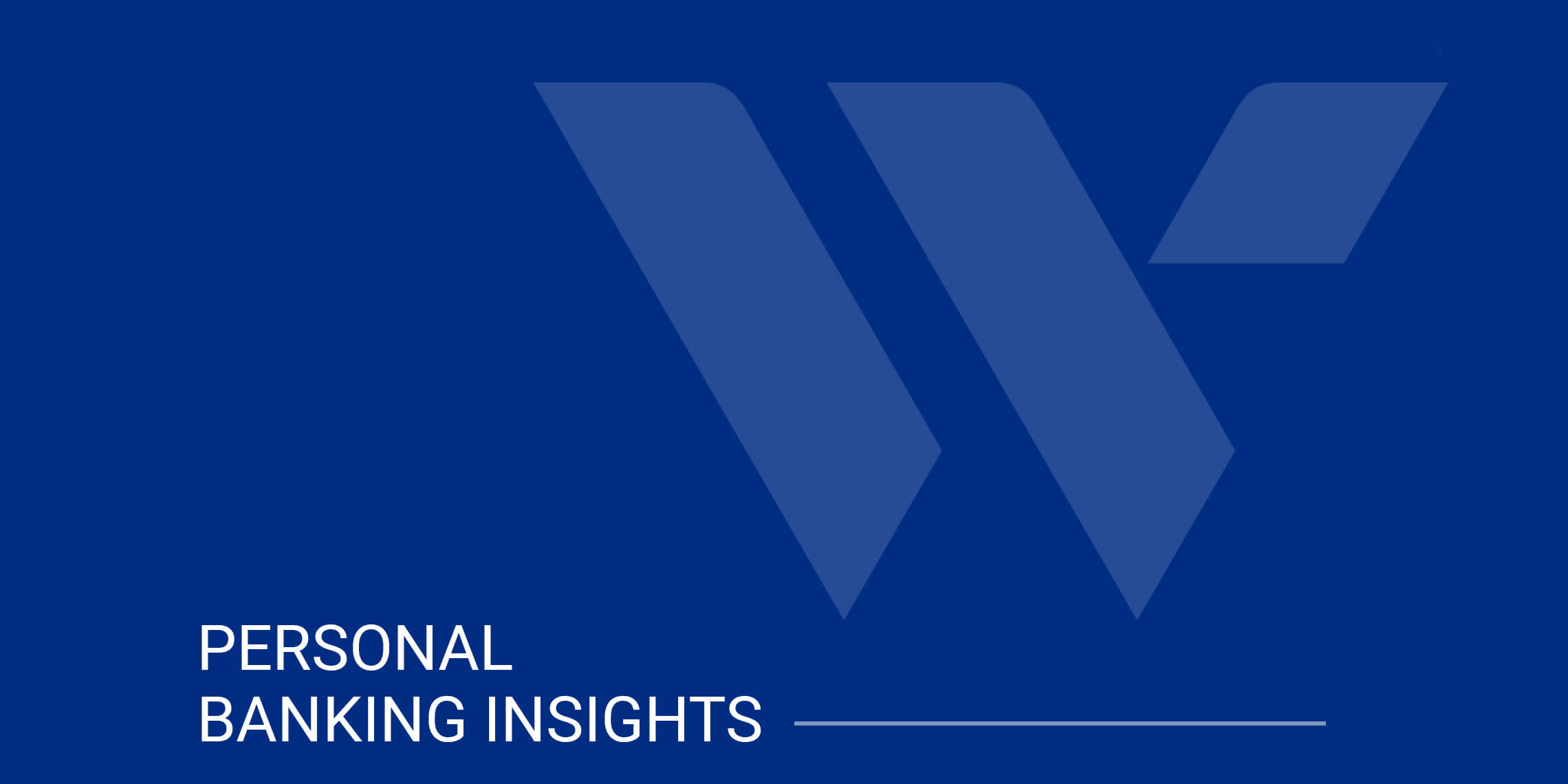Financial milestones: Buying your first home
Published on April 20, 2020 | Webster Bank
Buying your first home can be fun and rewarding. The secret is to learn as much as you can about the process before you get started. The following steps should help.
Step 1: see what you can afford
Before you start looking for a home, you should take a close look at your budget and see what you can really afford. Your mortgage lender will want to know your ability to pay all costs related to buying your home. So it’s a good idea to:
- Check your credit report : You can improve your score by making on-time payments on your credit card, car loan or other financed purchases.
- Apply for a mortgage pre-approval. While not required, a pre-approval by your lender will help you understand the maximum mortgage amount you qualify for. Just know that what you qualify for may be higher than what you can actually afford.
Related Article: Cleaning Up Your Credit Report
Step 2: factor in all expenses
Aside from the cost of your new home, there are other expenses involved in the buying process.
- Down payment: A percentage of the price of your new home will usually be required for a down payment. This can range anywhere from 5% to 20%. There are also mortgage programs that allow for no down payment (through the Veteran’s Association); or low down payment (FHA, state agency programs, etc.) The larger your down payment, the smaller your mortgage payments will be.
- Monthly expenses: Your final monthly payment will most likely include your mortgage, homeowners insurance, property taxes, and homeowners’ association fees (if any).
- Points : A point is 1% of your loan amount. You can choose to lower your mortgage interest rate by paying points.
- Other costs: Can include credit report fees, home appraisal, title insurance, attorney fees, title recording fee, home inspections (which may include termite, radon, well/septic, etc). Some of these costs must be paid at the beginning of the loan process; others can be paid at closing.
Step 3: select a mortgage type
There are basically two main types of mortgages you can apply for:
- Fixed Rate: This is the most common mortgage with a wide range of terms available. The most popular are 30- and 15-year terms, with either lower monthly payments over a longer period, or higher payments over a shorter period, but with less interest paid in the long run.
- Adjustable Rate: An adjustable rate mortgage comes with a lower initial rate, so you can increase your borrowing power or lower your first payments. It’s also an option if you plan to own your home for a shorter period of time. Your monthly payment may rise or fall over the length of your loan, based on rate changes in the market.
Related Article: A Jumbo Project Needs a Jumbo Loan
Step 4: shop for a home
Now comes the fun part: Looking for a home with your real estate agent! The more you know what you want in a home, the easier it will be for your agent to find the right one. So before you shop, think about:
- Do you want lots of land or a big backyard?
- What type of neighborhood and school system are you interested in?
- Is there public transportation or day care facilities?
- How many bedrooms and bathrooms do you need?
- How about a view? Swimming pool? Deck? Garage?
Step 5: make an offer
Once you’ve found the home of your dreams and plan on making an offer, the seller will give you a Disclosure Statement. This is to make sure you are aware of the age and condition of the property, as well as features such as pool or garage.
If everything checks out, you can make an offer. Many times, a seller will make a counter offer and negotiations will continue until the final price is agreed upon.
At this point, you should arrange for home inspections to make sure there aren’t any structural or other issues with the home you aren’t aware of.
Step 6: attend your closing
Your closing is the final step to the home buying process. You will sit down with your attorney and perhaps your real estate agent, seller and their representatives. The meeting typically lasts an hour or so, and during this time you will:
- Review and sign all necessary paperwork
- Present certified checks for your closing costs and remaining down payment
Step 7: receive the keys to your new home
At the end of your closing you will officially be the new owner of your home. Now it’s time to celebrate and start planning your big move!
And remember, our mortgage banking officers are always ready to guide you through the process.
To learn more, just stop by your local banking center or call us at 888-4WEBSTER (888-493-2783)
Related Article: Financing Home Improvement and Construction Projects
